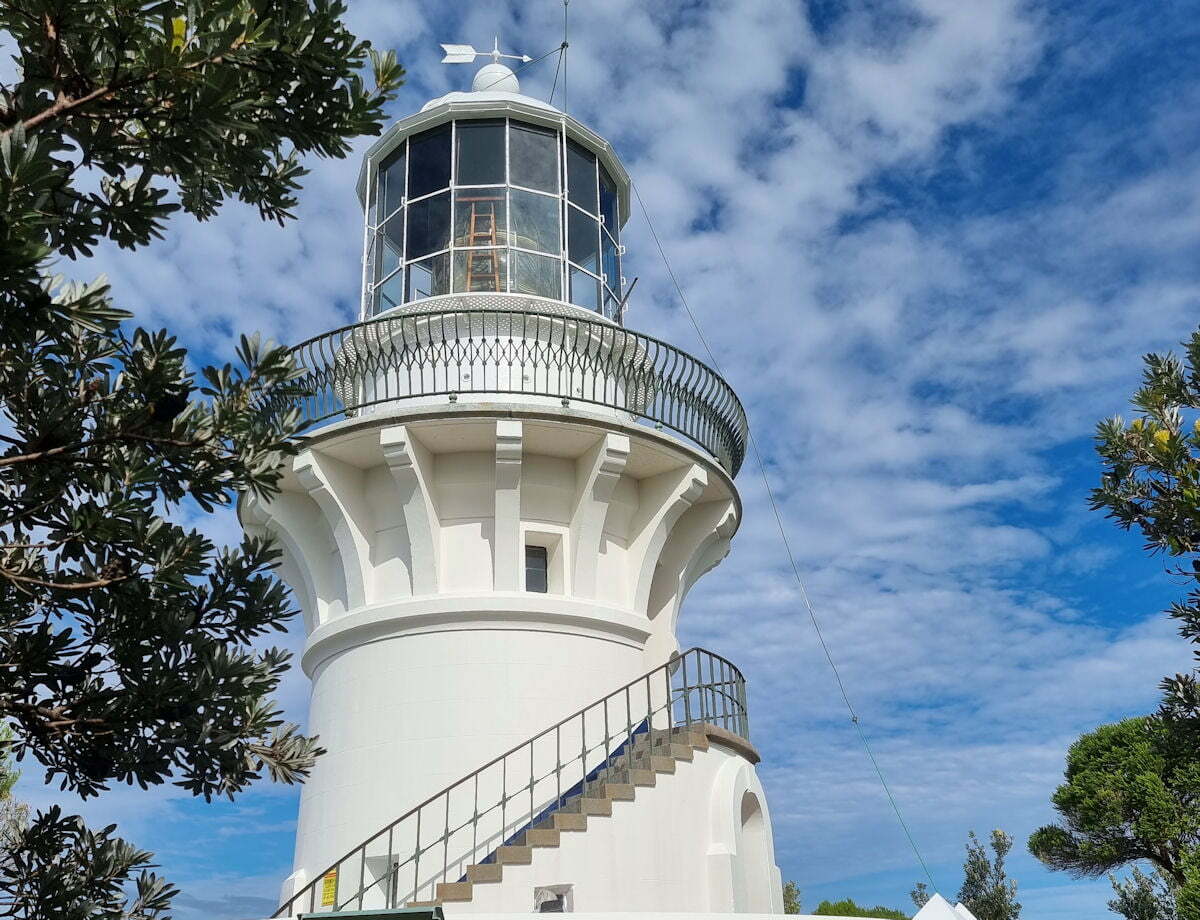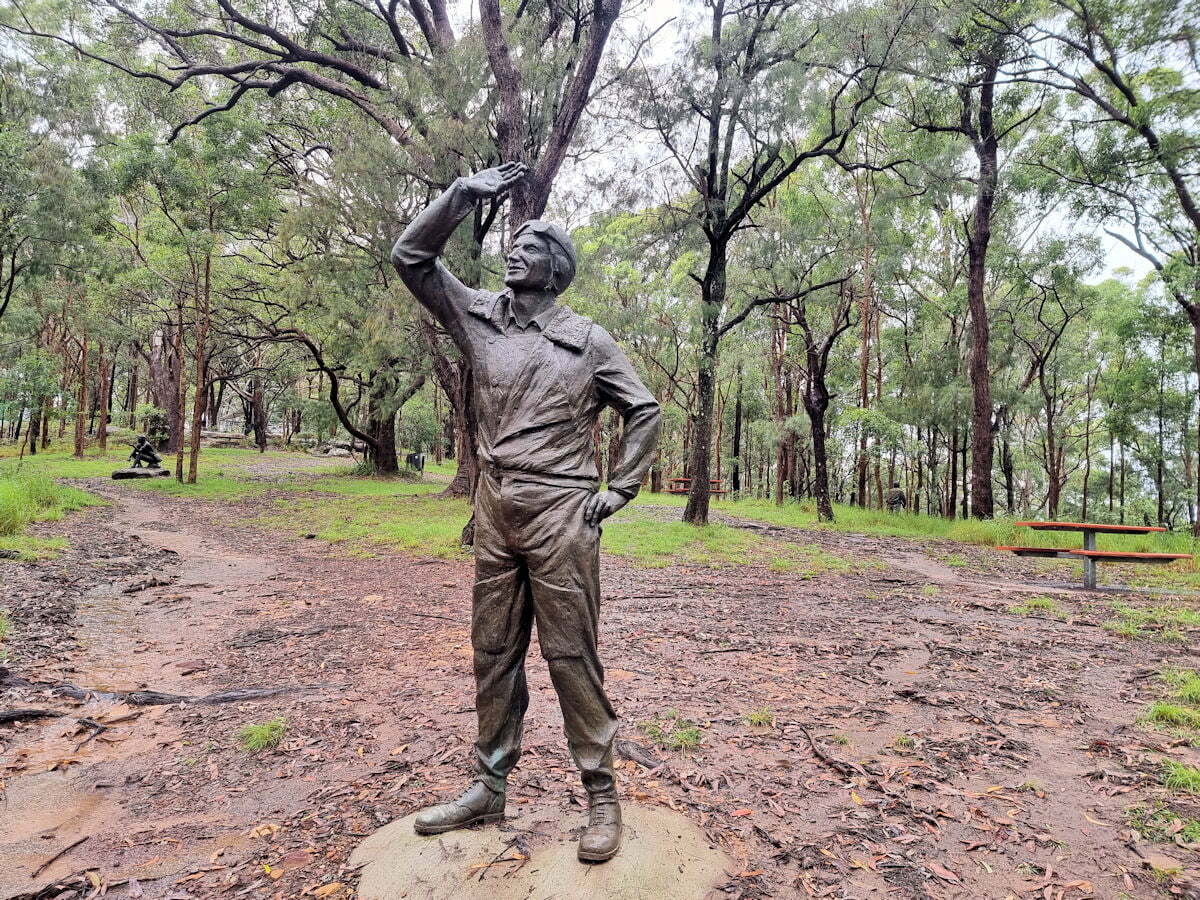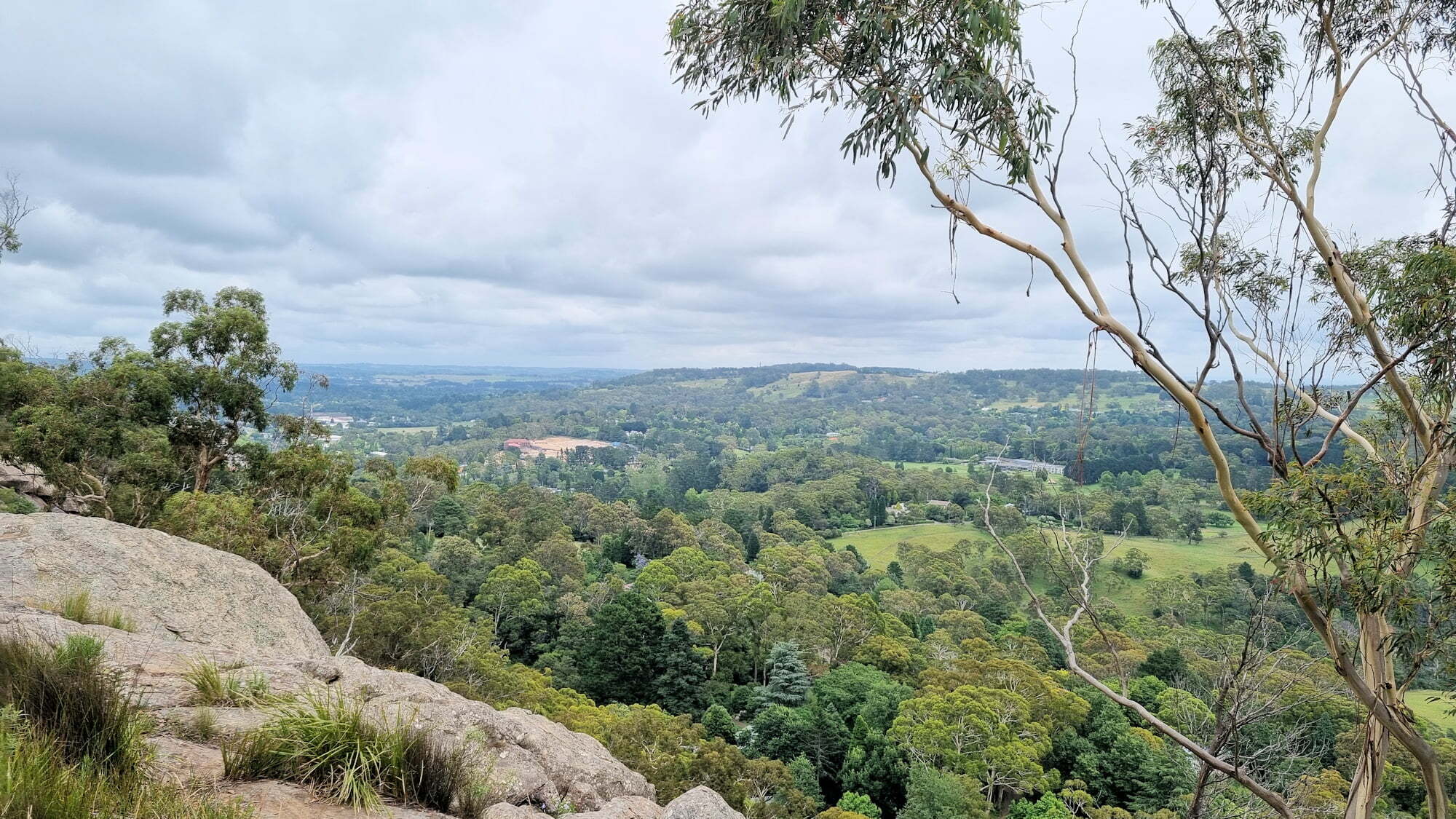Category: National Park
-
Sugarloaf Point Lighthouse Seal Rocks

Sugarloaf Point Lighthouse Seal Rocks Besides amazing beaches, Seal Rocks has a lighthouse at Sugarloaf Point overlooking the ocean and more beaches. Sugarloaf Point Lighthouse stands on a headland east of Seal Rocks village. Designed by colonial architect James Barnet as his first lighthouse, it was completed in 1875. It is one of only two… Read more
-
Rumbalara Reserve Statues

Rumbalara Reserve Statues On a wet and rainy morning, we decided to go bush walking at Rumbalara Reserve near Gosford to see the statues. The forecast said some light drizzle clearing to a fine day. Well, it rained all the way during our drive there, where on arrival we waited another hour for the rain… Read more
-
Mount Gibraltar Lookouts Mittagong

Mount Gibraltar Lookouts Mittagong Driving from Mittagong to the Mount Gibraltar Lookouts takes you past some spectacular houses, although if you’re driving you may not see much of them. This is because the road is narrow and windy, so you need to pay attention to the road. At the top of the hill, one of… Read more